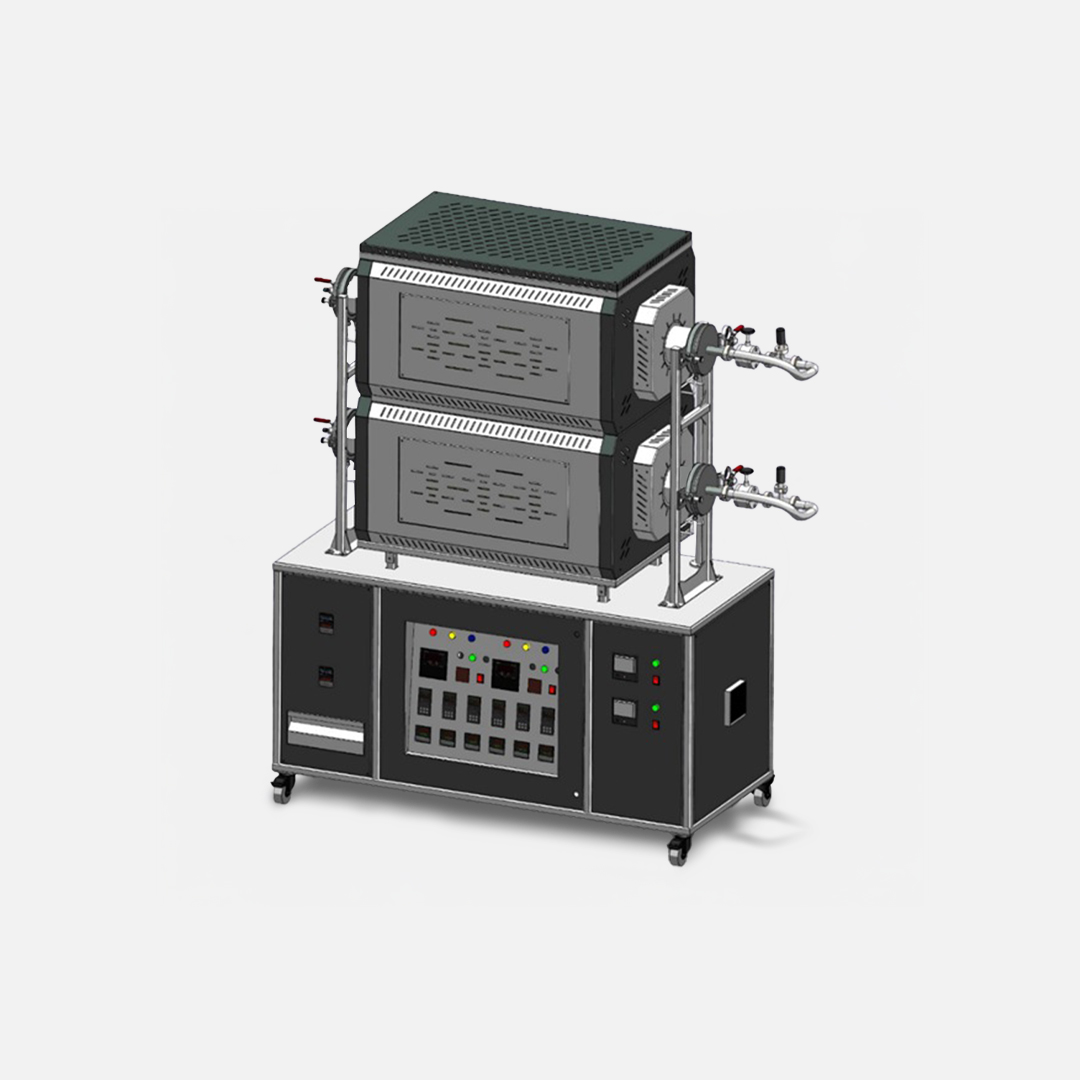Oxidation & Diffusion Furnace

Oxidation & Diffusion Furnace
The Oxidation & Diffusion Furnace is a specialized high-temperature system used extensively in semiconductor device manufacturing, particularly for growing silicon dioxide (SiO₂) layers on silicon wafers. Designed for dry and wet oxidation as well as dopant diffusion processes, these furnaces offer high thermal uniformity, precise gas flow control, and repeatable process reliability.
Core Functions
- Oxidation: Formation of silicon dioxide layers for insulation, surface passivation, and gate dielectrics
- Diffusion: Thermal activation of dopants like boron or phosphorus into the silicon substrate
- Annealing: Post-implantation repair and dopant activation
- Drive-In Processes: Further diffusion of pre-deposited dopants under controlled conditions
Operating Principle
- Utilizing temperatures from 800°C to 1200°C, the furnace allows for
- Dry Oxidation: Pure O₂ forms thin, high-quality oxide layers—ideal for gate oxides
- Wet Oxidation: O₂ + H₂O (steam) enables faster growth of thicker oxide layers—suitable for field oxides
The oxidation process follows the Deal–Grove model, where oxide growth is time and temperature dependent. Multiple wafers are processed uniformly in a quartz or silicon carbide reaction tube, supported by precise gas flow systems, automated wafer handling, and multi-zone heating.
Key Features
Applications
Customization Options
Key Features
- Temperature Range: 800°C to 1200°C with ±1°C uniformity
- Tube Material: High-purity quartz or SiC
- Gas Flow Control: Multi-channel MFCs for O₂, N₂, H₂, and steam introduction
- Wafer Handling: Manual or automated loading options
- System Control: PLC/HMI with recipe programming and data logging
- Cleanroom-Compatible Design: Suitable for Class 100/1000 environments
Applications
- Gate Oxide Growth for MOSFETs
- Field Oxide Isolation (LOCOS process)
- Surface Passivation for Improved Device Stability
- Dopant Diffusion and Drive-In Annealing
- Masking for Photolithography and Etching Processes
Customization Options
- Single or Dual Tube Configurations
- Integrated Steam Generators for Wet Oxidation
- Vacuum or Controlled Atmosphere Modes
- Wafer Boat Designs for 2″, 4″, 6″, or 8″ wafers
- Multi-zone Heating for Axial Uniformity
